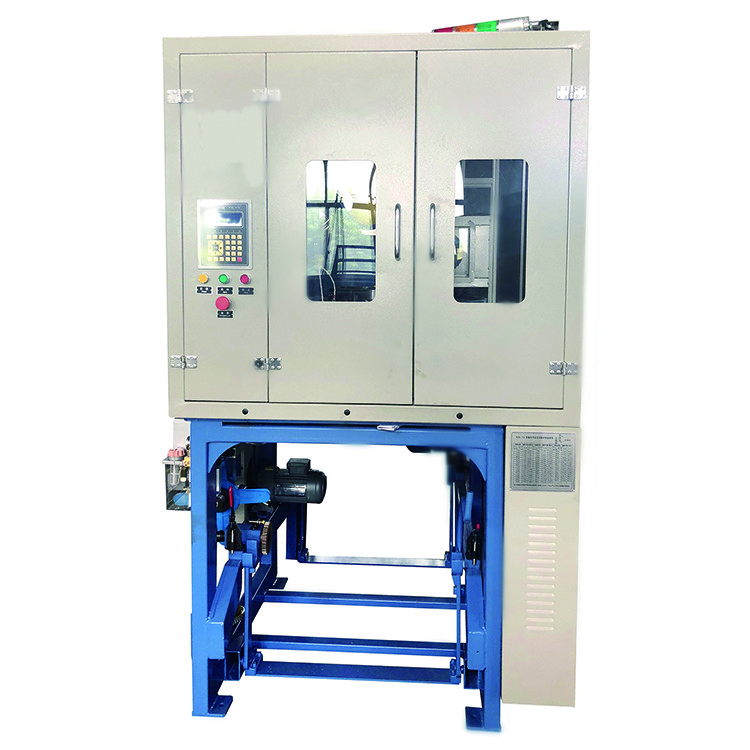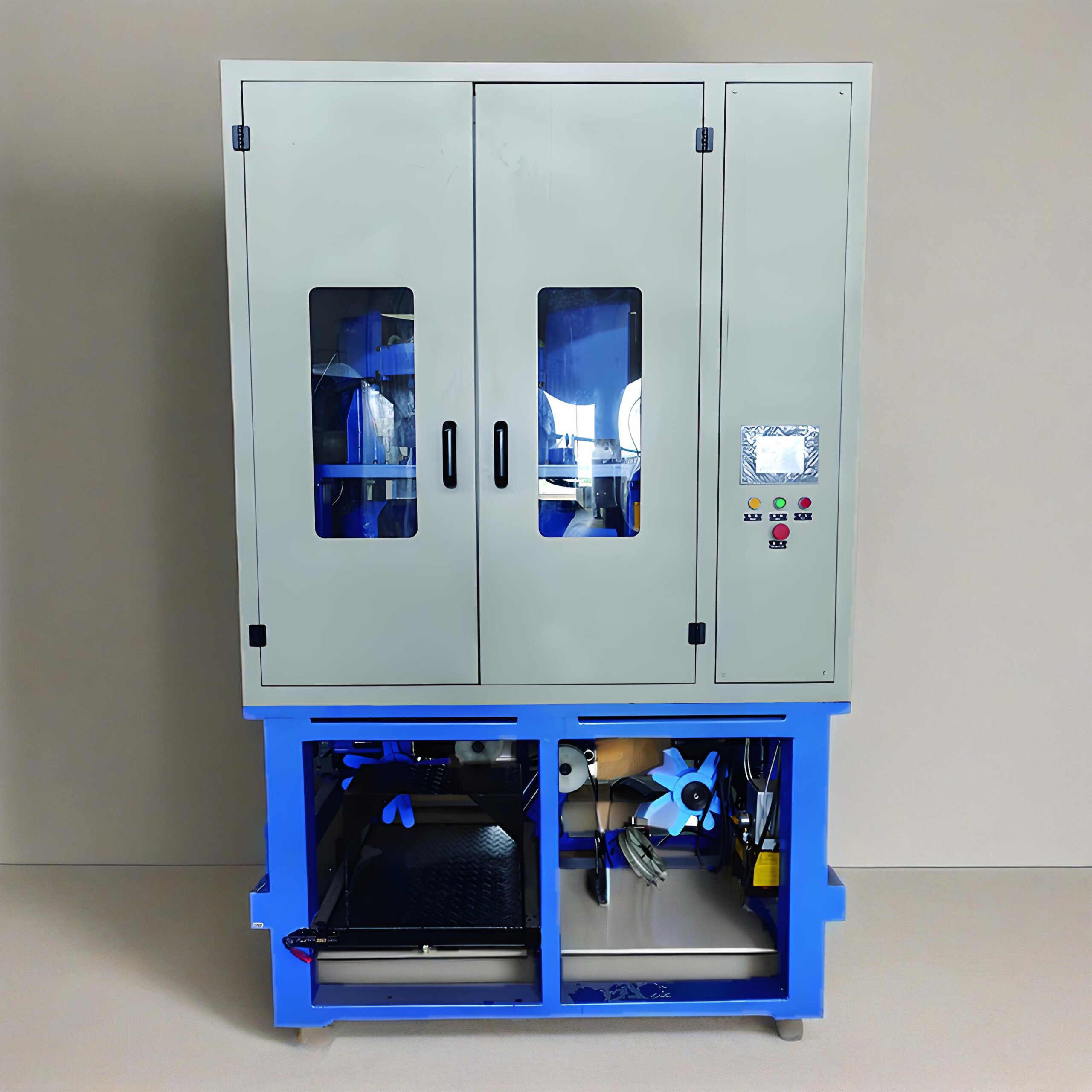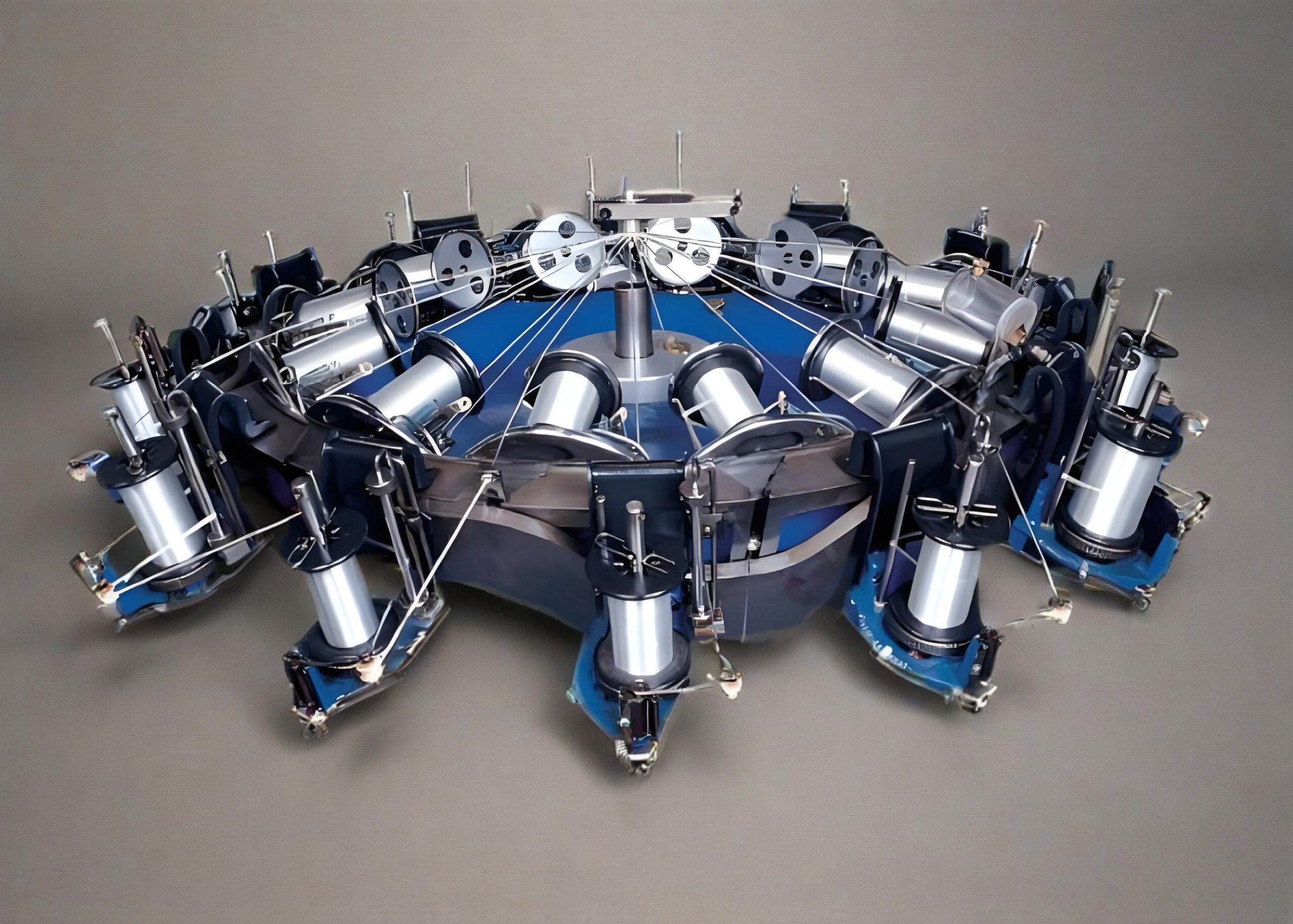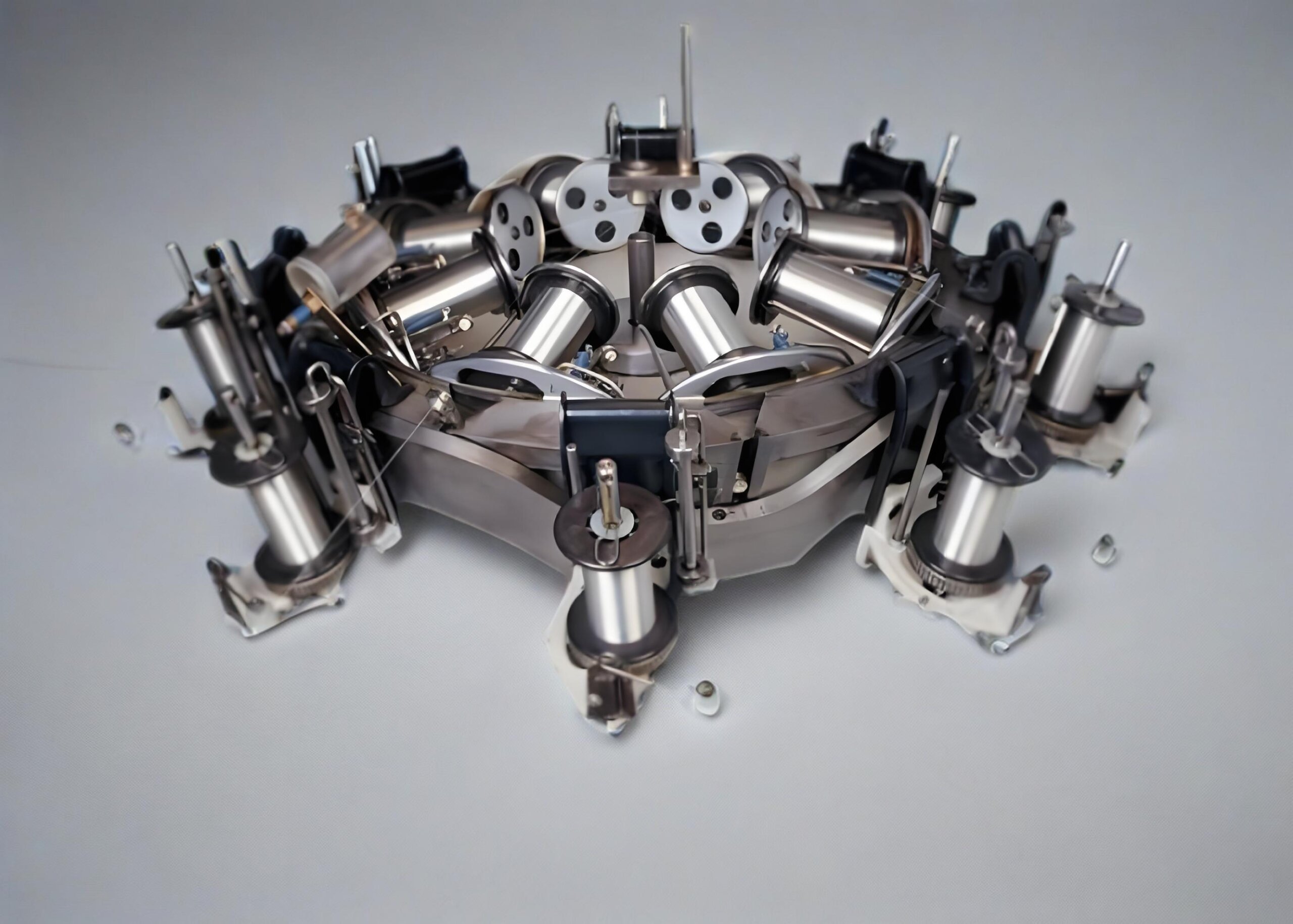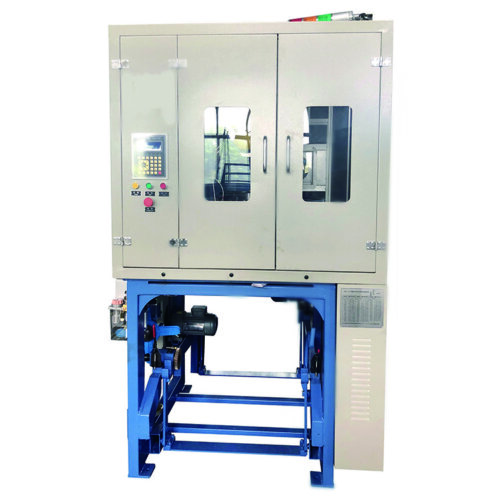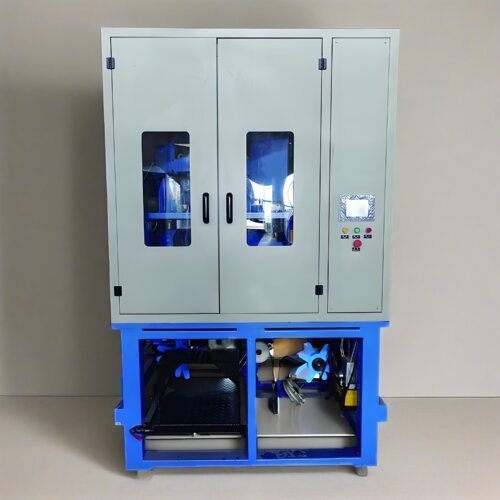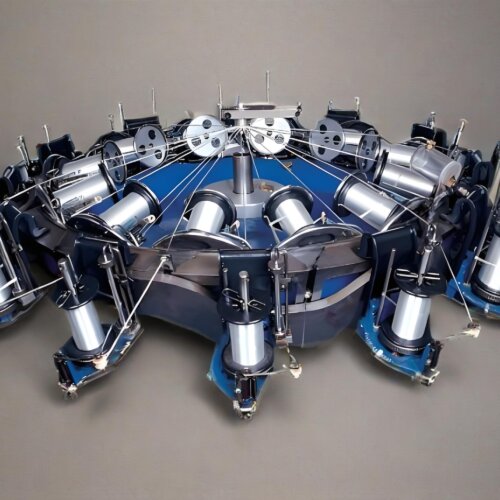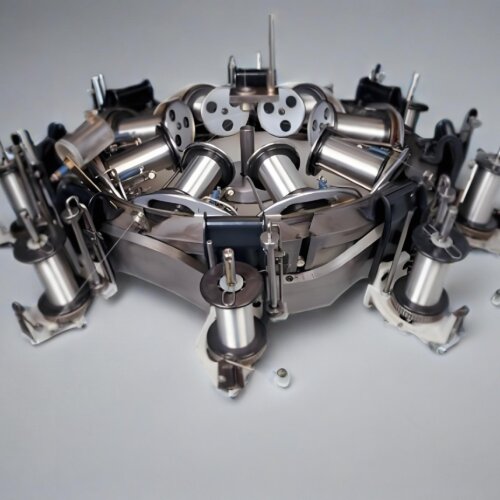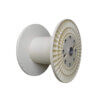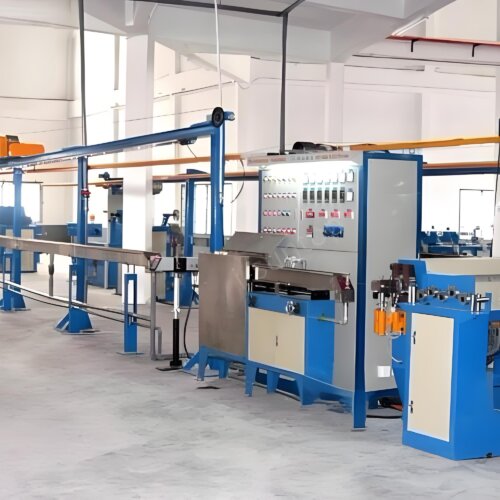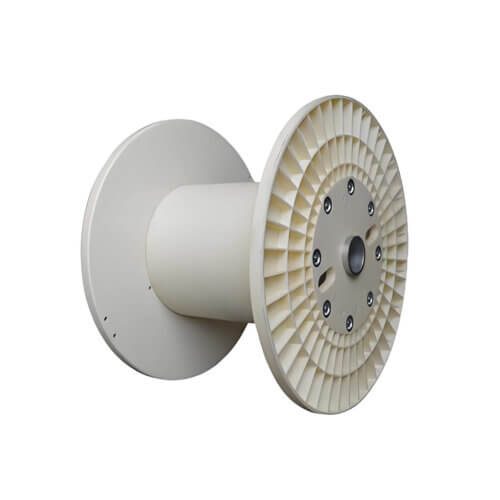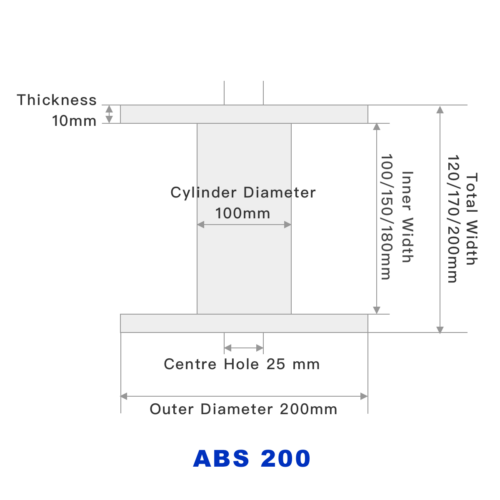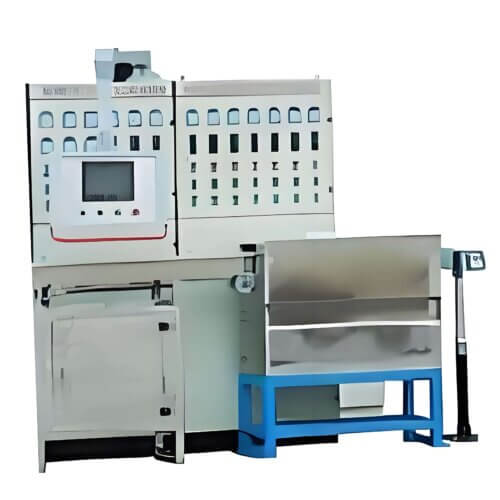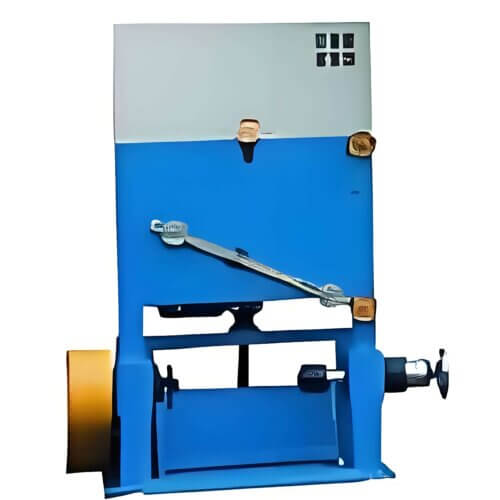1. Main features include
Braiding method: 2-over-2, with two layers of operation
Braiding direction: Vertical
Spindles: Upper and lower; common in 16AS (16× upper & 16× lower) or 24A variants (12× +12×)
Spindle speed range: Up to 130 RPM (16AS: 10–130 RPM; 24A: 15–100 RPM)
Pitch range: Up to 100 mm (16AS) or 13.3–134.5 mm (24A)
Max cable diameter: For 16‑carrier: 2× 0.08–8× 0.16 mm; for 24‑carrier: up to 24 mm diameter
Power: 3 kW host motor
Dimensions/Weight: Approx. 1500 × 1800 × 2350 mm with ~680 kg weight (varies by model)
2. Highlights & Technical Details
Oil bath lubrication ensures longevity and continuous operation
Sensitive auto-stop system activates upon yarn breakage or run-out, reducing waste and enhancing safety—even unmonitored operations
Variable pitch via gear changes, flexible for adapting to different cable specifications
Frequency‑controlled motor enables stepless speed adjustments and fine control over process rates
3. Typical Variants Compared
| Model | Upper/Lower Spindles | RPM Range | Pitch Range (mm) | Max Diameter | Power | Size (mm) |
|---|---|---|---|---|---|---|
| 16AS | 16 + 16 | 10 – 130 | 0 – 100 | 2×0.08–8×0.16 mm | 3 kW | 1800×1540×2400 |
| 24A | 12 + 12 | 15 – 100 | 13.3 – 134.5 | up to 24 mm | 3 kW | 1500×1800×2350 |
These align with “A‑type” double-layer equipment specs from other manufacturers
4. Suitable Applications
Braiding of metal wires: copper, stainless steel, copper–magnesium alloy, glass fiber, polyester yarn etc.
Ideal for signal cables, coaxial cables, audio cables, and power cable shielding where high output and precision are required
Auto-stop and safety interlocks make it useful for modern automated production lines

